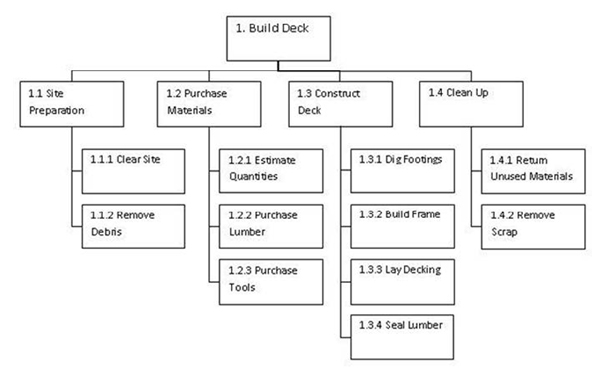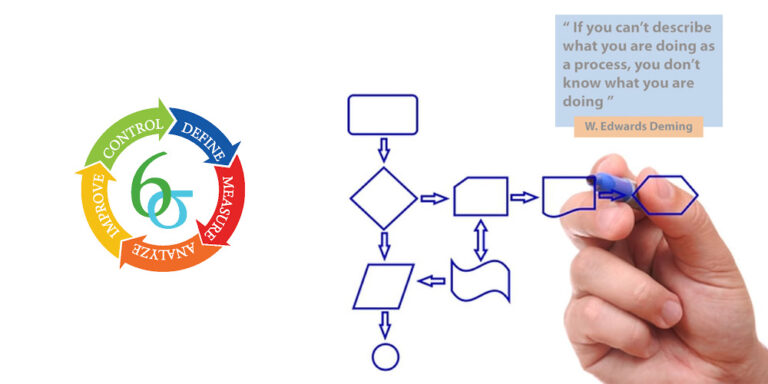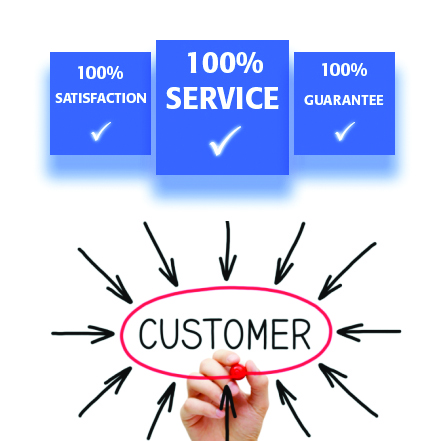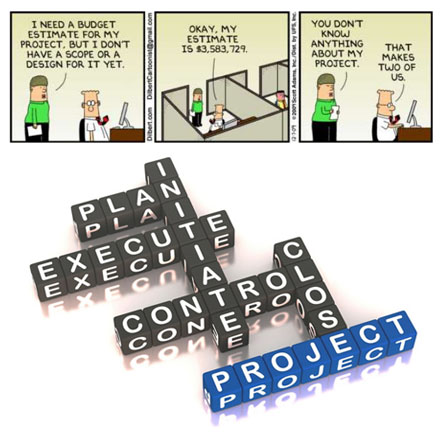Employee Performance Improvements
There’s no getting around the fact that your organization’s bottom line is geared towards employee performance improvements. Increased productivity goes hand-in-hand with profitability and the more you can create a direct channel between you and the people who work for you, the higher your customer and employee retention rates. Here’s a few tips that should help you to improve this all important metric.
Organizational culture matters:
Long gone are the days when a simple pay check and a gold watch after 30 years of service were all that an employee expected. Today’s generation wants to be part of the organizational culture and to be engaged. Encouraging everyone on a team to share their thoughts and input creates a good foundation for an organizational culture that matters. Peer to peer recognition and peer to management awards are important aspects of the bonding process.
Today, it’s a good idea to take full advantage of social media tools to help build the kind of engagement that promotes a healthy and rich organizational culture. Keep in mind that engaged employees are always looking for better ways and more innovative solutions that in turn drives up profitability.
Look at performance improvements from the top down:
Having the right people in management positions is a sure-fire way to make sure you get all that you can from the performance improvements you’re thinking about adopting. It’s a good idea to make sure that your front-line managers aren’t tied up solely with administrative tasks and they actually have the time to interact with your employees.
There’s another avenue that you can pursue to drive performance improvements and that’s appointing team leaders. If you’re the type of business that wants supervisors to work at higher-end activities, appointing these liaisons or team leaders from the ranks of the employees fosters a better effort on the floor. These team leaders can carry out important motivating tasks like helping employees with difficult jobs and even training exercises.
Set A Standard:
Once you have a standard and a set of performance improvements in mind, you’re going to need a way to be able to measure their success or failure and which ones need to be scrapped and/or tweaked. Creating a performance dashboard that highlights a number of key performance indicators is a good benchmark to use to motivate employees and supervisors alike.
Daily team meetings of around 15 minutes are another excellent way to drive employee engagement and ultimately performance levels.






